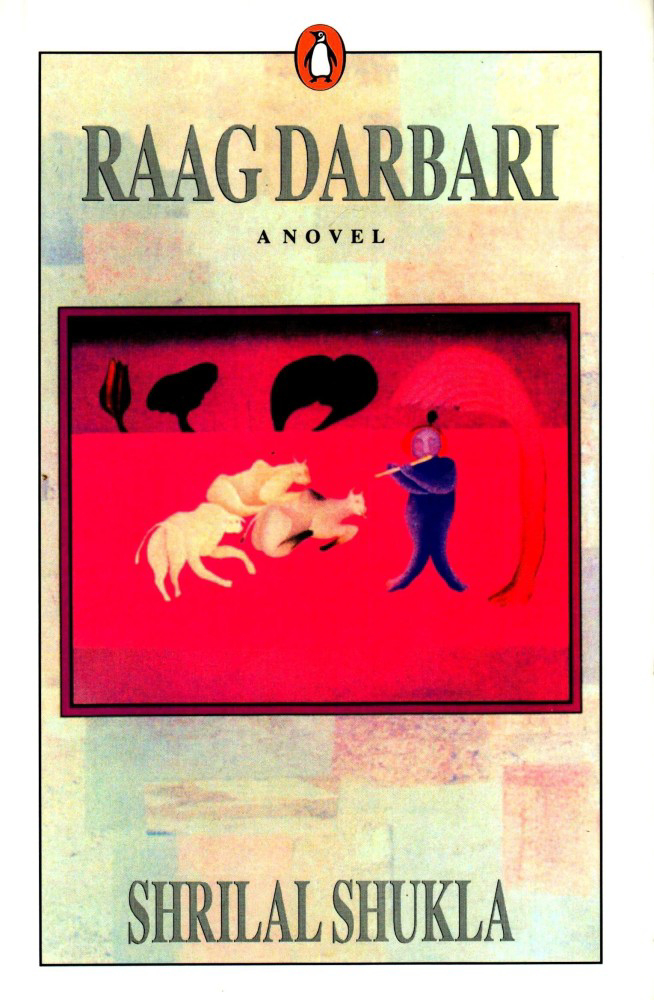Raag Darbari Novel by Shrilal Shukla
"Raag Darbari" by Shrilal Shukla
"Raag Darbari," written by Shrilal Shukla in 1968, is a major work in Hindi literature. It offers a sharp and funny look at life in rural India. Set in the made-up village of Shivpalganj, the novel shows the daily life of the villagers and the corruption that affects them. Shukla's writing captures the essence of Indian village life after independence, making "Raag Darbari" a timeless story.
Analysis of the Novel
The story follows Ranganath, a young man from the city who goes to Shivpalganj to rest after his studies. His uncle, Vaidyaji, is an important person in the village. He is both the school headmaster and a political leader. Through Ranganath's eyes, we see a village where corruption, hypocrisy, and inefficiency are common. The novel uses humor to highlight these issues while showing the real struggles of rural communities.
The characters in "Raag Darbari" are well-developed. Vaidyaji is a key character who shows the complexities of power and manipulation. His influence in the village is strong, and his actions reveal the mixed nature of leadership. Ranganath's attempts to fit his city ideals into village life offer a powerful commentary on the social and political issues of the time.
Themes
The themes in "Raag Darbari" are universal and timeless, touching on corruption, the failure of the education system, and the nature of political power. Shukla's depiction of corruption shows how deeply it affects every part of life in Shivpalganj. The novel also critiques the education system, showing how it fails due to the self-serving interests of those in charge. Furthermore, the manipulation and exploitation by local leaders like Vaidyaji reflect broader societal issues of power and governance.
Synopsis and Plot
The plot of "Raag Darbari" centers around Ranganath’s visit to Shivpalganj and his encounters with its inhabitants. As he moves through the village, he sees the deep-seated corruption and moral decay that define its social and political landscape. Key events include his interactions with his uncle, the local school, and various villagers, each episode shedding light on different aspects of rural life.
When Ranganath arrives in Shivpalganj, he is struck by the slow pace of life and the entrenched corruption. The school, supposed to be a place of learning, is plagued by inefficiency and neglect. Vaidyaji, while appearing to be a caring uncle, is deeply involved in the village's corrupt practices. He manipulates local politics to maintain his power and control over the villagers.
Ranganath meets a variety of characters, including Chhote, Vaidyaji's wayward son, and several local officials and villagers who illustrate the widespread acceptance of corruption. Through these interactions, Ranganath's initial idealism is challenged, and he becomes increasingly disillusioned with the village's social and political systems.
Ranganath's journey is marked by a series of disillusionments as he comes to understand the futility of trying to change the entrenched systems. His observations and experiences serve to highlight the absurdities and ironies of village politics and social norms, making the novel both a humorous and a sobering read.
Conclusion
"Raag Darbari" is a must-read for anyone interested in Indian literature and the socio-political dynamics of rural India. Shrilal Shukla's sharp critique of rural society, combined with his humor and engaging storytelling, makes the novel a powerful reflection on the human condition and the societal structures that shape it. Through its richly drawn characters and vivid portrayal of village life, "Raag Darbari" continues to resonate with readers, offering timeless insights into the complexities of Indian rural society.




Comments
Post a Comment